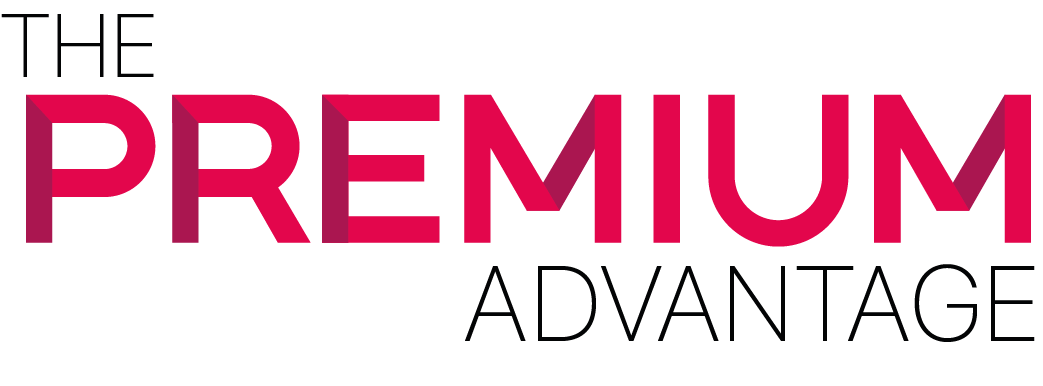Increases in auto insurance may have you looking for ways to cut costs. One idea that comes to mind is removing full coverage and keeping only liability coverage on your vehicle. You may consider removing full coverage from an older model or if your financial situation has changed. For whatever reason, removing full coverage will save you money but do you know what you are losing.
What Am I Giving Up If I Remove Full Coverage?
You need to know the coverage on your vehicle if you decide to remove full coverage. Full coverage on your vehicle refers to comprehensive, collision, and liability coverage on one policy. Understand that liability covers another person and their property if you are the one that causes an accident. Your collision coverage comes into effect when your vehicle is damaged in the same accident or a single car accident such as hitting a pole. Comprehensive covers everything else that is not the result of an accident. Such as theft, vandalism and damage to your vehicle as a result of a falling tree or windstorm. Full coverage does not include towing, rental, and roadside assistance. If you want these added to your policy for an additional cost you must inform your agent unless they ask first. Removing full coverage means your vehicle has no coverage it only meets state minimum requirements.
When Do You Need Full Coverage
If you are on a budget or own an older car full coverage may be too expensive. The general rule is to carry full coverage when you cannot afford to replace your vehicle on your own. Most finance companies will require for a vehicle you recently purchased or are paying off to carry full coverage. Your finance company will expect full coverage carried on your vehicle for the length of your auto loan. When you are involved in an accident where your vehicle is totaled your insurance company would pay off your car loan.
Other Types of Coverage
Liability and full coverage are not the only options you have to protect your vehicle and passengers.
- Uninsured and Underinsured Motorist: Coverage pays for damage to your vehicle where the other driver is at fault and has no insurance. Underinsured coverage covers the damage to your vehicle or injuries from an accident where coverage limits are not high enough.
- Medical Payments Coverage: Coverage pays for medical and funeral bills resulting from accidents even when pedestrians or bicyclists are involved. You, your family members, and passengers in your vehicle are protected regardless of who caused the accident.
- Personal Injury Protection: Offers medical payments coverage plus 80% of lost income and cost of hiring a caregiver for an injured person. Also covers you, your family members, and passengers in your vehicle regardless of who caused the accident.
Contact us for any information regarding coverage for your vehicle or a free quote.
